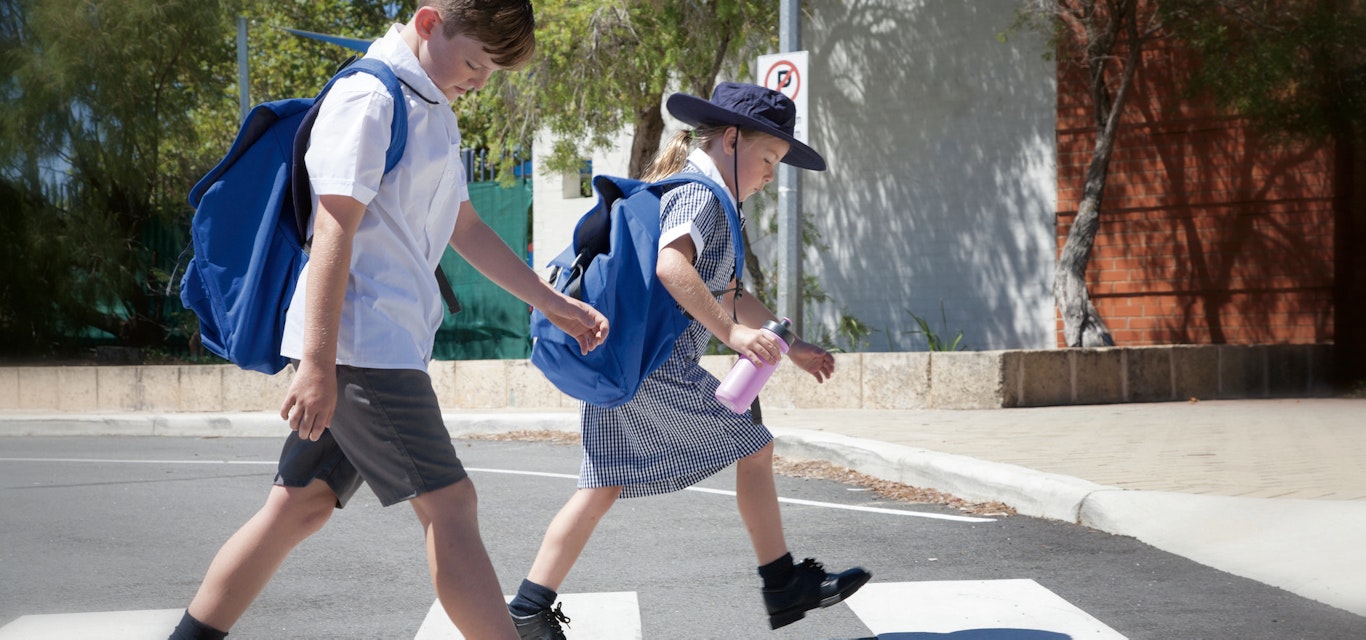Top misunderstood road rules - six to ten
In part two of the top misunderstood road rules, we'll take a closer look at the remaining five rules that all road users need to know.
By understanding these rules, we can help reduce confusion and increase safety on the road. Remember, road safety is a shared responsibility, and by working together, we can help make our roads safer for everyone.
Using headlights and fog lights
When you're driving, you should never use your headlights on high beam if you're:
Less than 200m behind a vehicle travelling in the same direction.
Less than 200m from an oncoming vehicle.
This is because high beams can blind other drivers and make it difficult for them to see the road. You also must not use any light fitted to your vehicle that may dazzle another road user.
You’re only allowed to use fog lights when driving in fog, mist, or other conditions that restrict visibility. If you're driving at night or in hazardous weather conditions, your vehicle must have clearly visible headlights, tail lights, number plate lights, and clearance lights and side marker lights if they’re fitted to the vehicle.
Sometimes, it's recommended that you drive with your vehicle’s headlights on during the day to improve the likelihood of being seen by other road users.
U-turns
Before making a U-turn, you need to make sure that you have a clear view of any approaching traffic. You also need to make sure that you won't obstruct the free movement of traffic. It's essential to give way to all vehicles and pedestrians before making a U-turn.
However, there are some situations where making a U-turn is not allowed. For example, you can’t make a U-turn at an intersection without traffic lights if there's a 'no U-turn' sign displayed. The same applies if there's a 'no U-turn' sign displayed at a break in a driving strip.
Additionally, you can’t make a U-turn across a single continuous dividing line or two parallel continuous dividing lines. If there's a single continuous dividing line to the left of a broken line, you also can’t make a U-turn.
When it comes to traffic lights, you're not permitted to make a U-turn unless there's a U-Turn Permitted sign displayed.
Safe following distances
Keeping a safe distance from the vehicle in front is crucial to avoid collisions. The safe following distance depends on various factors like road conditions, vehicle type, and speed. A good general rule to follow is to keep a three-second gap from the vehicle in front of you.
To maintain a three-second gap, drivers can use the time-lapse method. This involves choosing an object on the left side of the road, like a sign or power pole, and counting 'one thousand one, two thousand two, three thousand three' as the rear of the vehicle ahead passes the object. If the driver's car passes the object before finishing the three-second count, they're too close to the vehicle in front and need to slow down and increase the gap.
In poor conditions like rain or dim light, drivers may need to increase the gap to four seconds to ensure enough crash avoidance space.
School zones
To keep everyone safe, the speed limit in this zone is usually 40km/h. It's really important to stick to this speed limit between the School Zone and End School Zone signs, so be sure to watch out for those signs and slow down accordingly.
Yellow traffic lights
Yellow (amber) lights don’t mean speed up and rush through the intersection, they mean stop. When the yellow light appears, you should stop if it's safe to do so before reaching the stop line or the traffic lights.
We’re strong advocates for road safety initiatives and work closely with the government, police, and other organisations to promote safer driving habits and reduce accidents on our roads. But ultimately, it's up to all of us to take responsibility for our own safety and the safety of those around us. So let's all do our part to understand and follow the rules of the road and make Road Safety Week 2023 a time to commit to safer driving habits.
